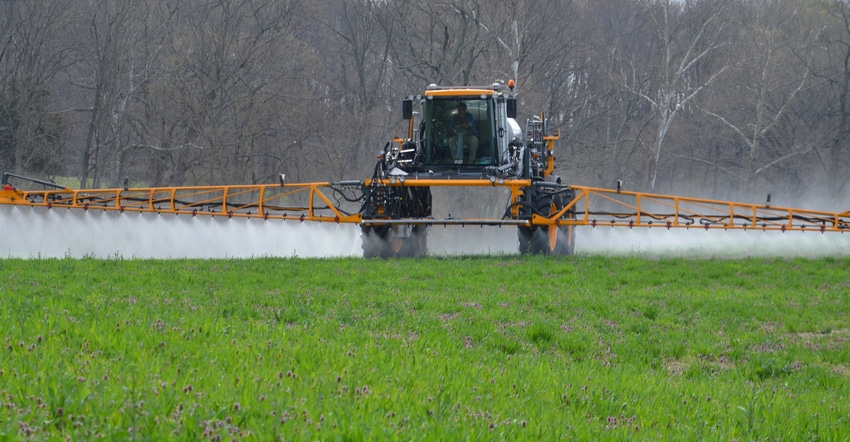March 10, 2021

Welcome to spring 2021! Taking time to think about your reduced tillage system can make this crop year run smoother, while also making gains with healthy soils on your farm.
Residue spreading. Did the combine spread residue evenly across the full width of the head last fall? If not, this will make for inconsistent soil conditions this spring. Heavier residue is likely to be wetter and cooler. If you are utilizing controlled traffic, consider separate planter unit settings where there is more residue. If you’re not, it’s trickier. The goal is placing seed in similar soil conditions everywhere.
Frost-seeding cover crops. If conditions are right, there might still be potential to frost seed a field or two of cover crops that didn’t get done last fall. This includes grains like oats or cereal rye and clovers such as red, berseem and crimson. Also, field peas and many brassicas germinate at a minimum soil temperature of 42 degrees F down to 34 degrees. The key to frost seeding is to let the cover crop grow long enough to provide its intended benefits. If it’s too late for this year, consider it next time.
Terminating cover crops. Fine-tune those plans. Confirm the cover crop species planted last fall. Cereal rye and annual ryegrass are not the same thing! Termination plans for each cover crop species are different. If the seed planted last fall was “variety not stated,” this will complicate termination with multiple growth patterns. Plan B needs to be ready to deal with cereal rye that unintentionally grows to five feet due to weather issues. Address spray water pH and hardness.
Including early nitrogen. If you’re just starting in a high-residue system, ensure that 30 to 70 units of nitrogen per acre are available just prior to or at planting for corn. Carbon from higher residue levels tie up nitrogen, making it unavailable for the early needs of corn. Early N deficiency can set corn up for season-long struggles. If you’ve been in a high-residue system with cover crops, soil biology is ramped up to take on the residue left last fall and will more quickly release nutrients in the spring. There is still a need to apply some N prior to or at planting. Only after the field has been in a long-term, high residue system with cover crops, especially if legumes were part of the mix, can you consider reducing total N applied.
Scouting. The importance of scouting is especially true as you transition to higher residue systems. Proper identification of all pests, weeds and disease is crucial. Scout for insects and other pests such as seedcorn maggots, wireworms, armyworms, black cutworms, stink bugs, slugs and voles. Identify beneficial species such as ground beetles, minute pirate bugs and spiders. Use the results of scouting beneficial and problem insects to determine if economic thresholds warrant treatment. Weed escapes, when identified while small, are easier to control.
Fall planning: Are there plans to utilize an earlier maturing hybrid or variety? Is cover crop seed ordered? How and when will the cover crop be established? These are all questions to think about now. Successfully implementing conservation and building healthy soil takes time, commitment and planning. The earlier you start, the more effective your strategies will be.
Bailey is the state conservation agronomist with the Natural Resources Conservation Service. He writes on behalf of the Indiana Conservation Partnership.
You May Also Like




